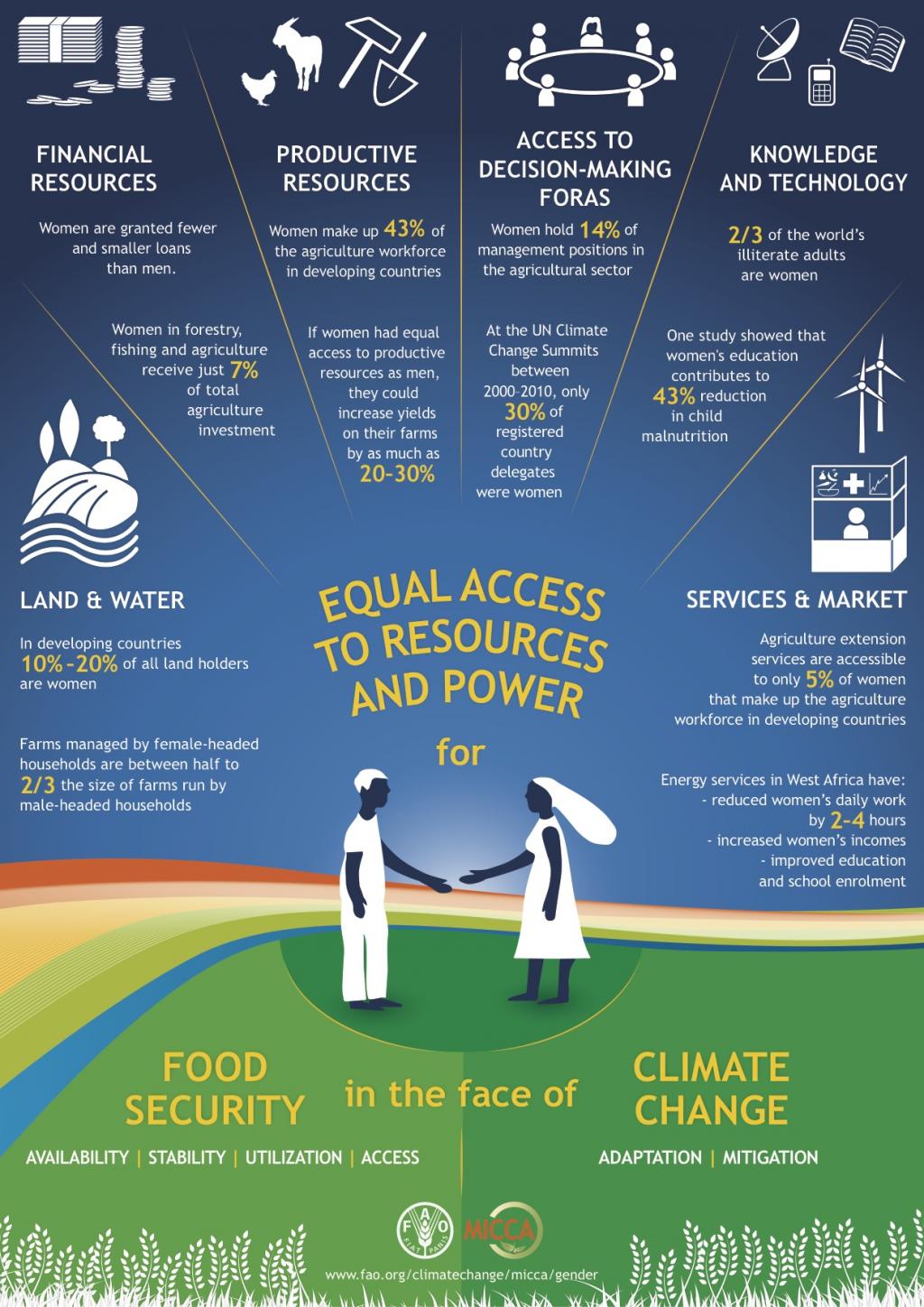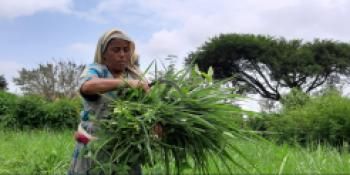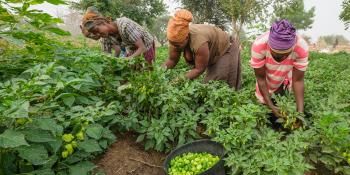Expanding the scope of gender and climate research: Training guide now translated into French and Spanish
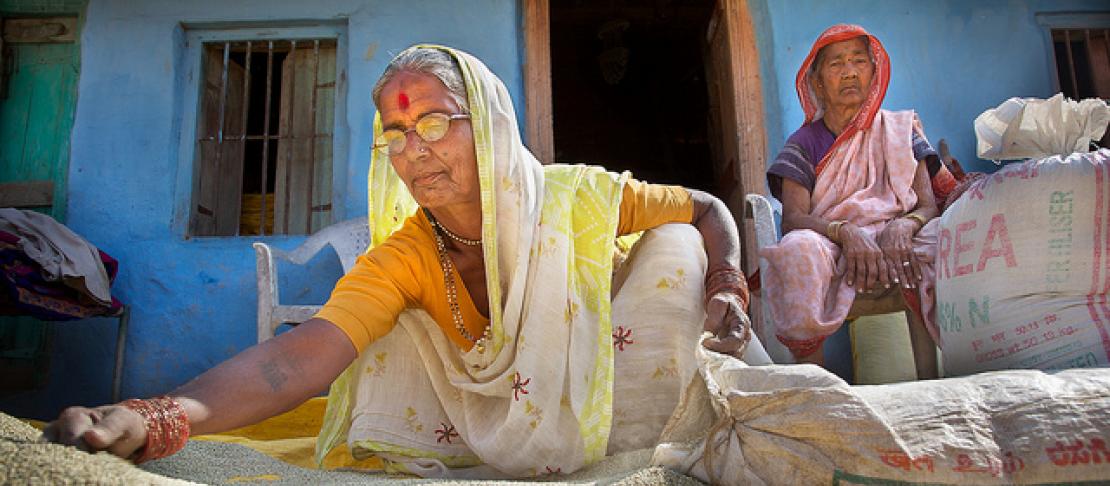
Men and women farmers have different abilities to adapt to and mitigate climate change. This is why research needs to be sensitized to the gender implications of climate change in the context of agriculture and food security.
When it was released a year ago, the training guide ‘Gender and Climate Change Research in Agriculture and Food Security for Rural Development’ was one of the rare publications to help sensitize users about the linkages between gender, climate and food security.
In short, the guide aims to better understand how men and women farmers adapt to and mitigate climate change, by providing participatory action research tools and methods.
Responding to civil society’s requests, the Food and Agriculture Organization of the United Nations (FAO), with support from the CGIAR Research Program on Climate Change, Agriculture and Food Security (CCAFS), has now-updated the introduction and developed a new infographic on the subject. All materials have also been translated into two new languages: French and Spanish.
"The ambition was to make sure the guide could be accessed by people who don’t speak English as their first language. By doing this we hope that new regions, such as Latin America, the Caribbean and West Africa, will also start using this manual,” says Sibyl Nelson, Gender Officer at FAO.
Having the guide in multiple languages will hopefully lead to more people delivering gender-sensitive research outputs. This would help fill the data- and information-gap on gender in the context of agriculture and climate change that currently exists.
“More information would improve our understanding of how socially constructed roles in society, for both men and women farmers, could be impacting climate adaptation,” says Jennifer Twyman, Gender Expert at CCAFS.
What will you find in the guide?
By using the tools, researchers can learn how men and women spend their time during the day, who does what in the household and in the community and how men and women farmers receive climate information, such as weather forecasts.
The guide also provides methods to collect information on male and female farmers’ access to resources, such as loans or knowledge, and their decision making. Most often, men and women smallholder farmers in low-income countries have unequal access to productive resources, which the guide will help uncover.
Do mind the gender-gap
Unequal access to resources is a problem. Often, farms managed by female-headed households are between half to two-thirds the size of farms run by male-headed households. The issue here is, without equal access to resources, it will be harder for women to produce the food that is needed to feed the hungry, as well as adapt to climate change.
Numbers from FAO show that if women had the same access to resources as men, they could increase yields on their farms by 20–30 percent. This gap in productivity is sometimes referred to as the ‘gender gap in agriculture’ .
Factors related to gender, climate change and food security
The gender productivity gap is problematic, as women play an important role in food production, especially in low-income countries.
“A gender-sensitive approach to respond to climate change in agriculture is crucial, as it would help ensure that both men and women’s priorities are taken into account so that they receive the support and resources they need,” says Sibyl Nelson.
This is where the manual comes into play. It provides the tools and participatory methods required to ensure that gender is reflected within research and outcomes.
Putting the guide to the test
Several teams composing of gender and climate experts have vigorously been testing the training guide in the field. Through the tools and methods, they have been able to pin-point gender-differences related to agricultural practices and activities.
Researchers from Ghana, Bangladesh and Uganda showed, among many things, that men and women’s ability to travel differs greatly. Women in Ghana found it difficult to travel large distances, inhibiting them from learning from other areas about how they are coping with climate change.
In Bangladesh, traditions might inhibit women from traveling as well as adquiring weather forecasts that would allow farmers, for example, to choose the right timing for planting. Women’s household responsibilities in Uganda prevented them from traveling to the city to buy new tools and seeds if needed.
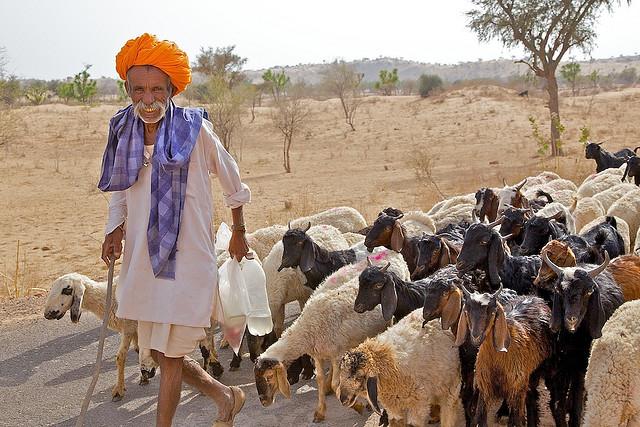
Gender sensitive research showed that Indian Male farmers are more willing than women to migrate in response to changing climate conditions. Photo: M. foley
Earlier research in India, where the tools and methods were first tested, showed that men were more willing than women to migrate in response to changing climatic conditions. Men's traditional role as head of household also seemed to lead them to feel increased stress during times of low rainfall.
These kinds of constraints need to be reflected in any climate change adaptation project. Climate projects that are not gender-sensitive might even fail, as without gender they are not addressing the whole issue, Jennifer Twyman concludes.
But more work is needed to fully comprehend how men and women are adapting to climate change and how their roles in society might either prevent or be used as a stepping-stone towards successful resilience building.
With a gender guide in three different languages, more researchers and development workers that really want to get to the bottom of this complex area are now able to do so. And we encourage them!
Are you using the guide for training or for field research? Write to us and share your experience micca(at)fao.org
Get the training guide and infographic online in:
French
Spanish
English
Download the infographic in English (PDF)
Summary of the Gender Training Guide: The field-tested guide introduces users to various participatory tools and methods that will ensure gender issues and their implications are well-captured and addressed throughout the ‘action-oriented’ field research. More knowledge will help in catalyzing the adoption of gender-sensitive and climate-smart agricultural practices. Climate-smart agriculture ensures food security through climate-resilient agriculture that reduces greenhouse gases and enhances sinks.
Blog written by Cecilia Schubert, CCAFS Coordinating Unit Communications Assistant.

